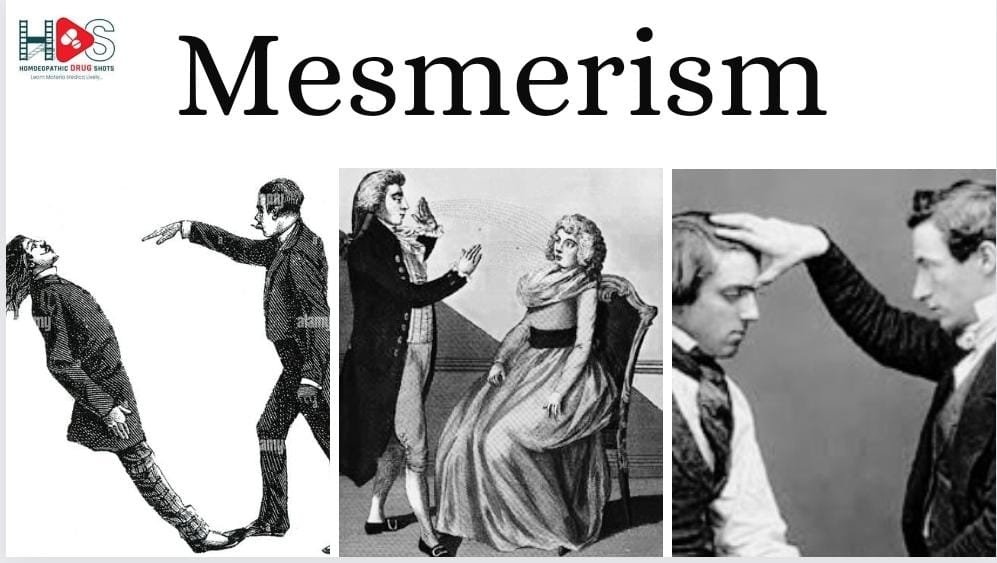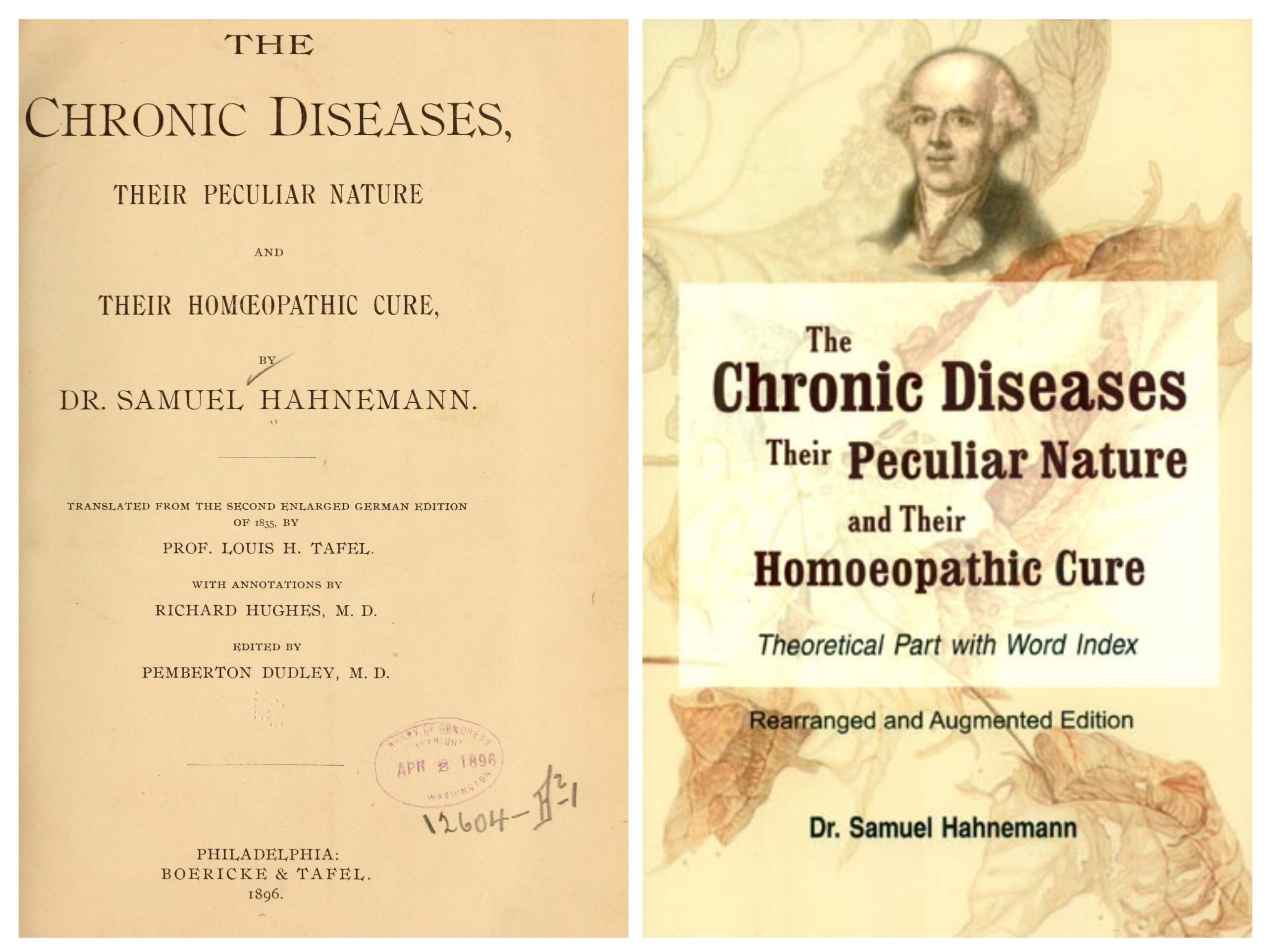Life History OF Dr. James T. Kent | Homoeopathic Drug Shots
BIRTH
James T. Kent was born on March 31, 1849 in Woodhull, New York, the son of Steven Kent and his wife Caroline Tyler. Kent was raised as a staunch Baptist.
SCHOOL LIFE
Kent attended secondary school at the Franklin Academy of Prattsburgh, New York before enrolling at Madison University (today’s Colgate University), from which he was graduated with a Bachelor’s degree in 1868. He earned a Masters degree from the same institution in 1870.

CAREER
Kent attended the Institute of Eclectic Medicine at Cincinnati, Ohio, where, in addition to standard medicine, he studied naturopathy, homeopathy, and chiropractic. Kent graduated from the Institute in 1873. n 1874, Kent married Ellen and settled in St. Louis, Missouri, where he took up medical practice. His wife died shortly after marriage at the age of 19. He set up practice as an eclectic physician in St Louis, Missouri and soon became a distinguished member of the Eclectic National Medical Association. He took a post as a professor of anatomy at American College in St. Louis two years later. She died shortly after marriage at the tender age of 19. At 26 years of age Dr.Kent set up practice as an eclectic physician in St Louis, Missouri and soon became a distinguished member of the Eclectic National Medical Association.
CONVERSION TO HOMOEOPATHY
In 1878, Kent’s second wife, Lucy, became ill. In spite of Lucy’s symptoms of “nervous weakness, insomnia, and anaemia” being treated by both orthodox and eclectic physicians, her condition continued to deteriorate and she was bedridden for months. Under ridicule and opposition from Kent, the homoeopathic physician, Dr Richard Phelan was called in to see Lucy. Following his prescription, she made a dramatic recovery. As a result, Kent elected to study with Phelan and changed his allegiance from eclecticism to homoeopathy. He considered homoeopathy to be the only therapy that was guided by laws and principles and the only one to address the fundamental cause of illness.
GROWTH WITH HOMOEOPATHY
He then became a student of Hahnemann’s Organon and other works of the new school, that resulted in his complete conversion to homoeopathy, his resignation from the Eclectic Medical Association. In 1879 and his appointment to the chair of Anatomy in the Homoeopathic Medical College of Missouri, which he held from 1881 until 1883, was appointed professor of Materia Medica at the Homoeopathic Medical College of St Louis, Missouri, from 1883 until 1888, became professor of Materia Medica and Dean of the Post-Graduates’ School of Homœopathy at the Hahnemann Medical College (Philadelphia) and occupied the chair of professor of Materia Medica at the Hering Medical College and Hospital, Chicago. During this period, Kent’s second wife died. Thus for more than thirty five years Dr. Kent had been a conspicuous figure in medical circles and for more than twenty-five years in teaching and practice under the law of Similia; and he is looked upon as one of the ablest teachers and exponents of the homoeopathic school in America.
Among the various professional associations of which he was a member, the more prominent of them, were the ‘Illinois State Homoeopathic Medical Society’, the ‘American Institute of Homoeopathy’ and the ‘International Hahnemannian Association’, besides which he held a honorary corresponding membership in the ‘British Homoeopathic Medical Society’. Both Lectures on Homoeopathic Philosophy and Lectures on Homoeopathic Materia Medica were compiled by Kent’s students from notes they had taken during class lectures. In 1916, his students insisted he take a holiday. Kent agreed, deciding he would write a “proper” book. Not long after commencing his vacation, his catarrhal bronchitis developed into Bright’s disease (glomerulonephritis) and he died 2 weeks later, on 6 June 1916 at Stevensville, Montana.
EVOLUTION TO A HIGH POTENCY HOMOEOPATH
One day a child was brought in his clinic in emergency and it appeared that the child could not live long. It was an infant and while it lay in the arms of its mother, a thin yellow fecal stool ran all over his carpet. The odor was like that of Podophyllum stool. Dr. Kent thought to test Podophyllum 30 prepared by him for that case. Next morning he was surprised to learn from the grandmother of the child that he was doing well. Kent realized the power of potentized medicines and he thought of using more and more highly potentized remedies in his practice. He became famous as a high potency homoeopath, since most of the homoeopaths before him were using low potencies. He advocated the use of 30, 200, 1M, 10M, 50M, CM and MM potencies made on centesimal scale. Kent introduced the doctrine of ‘Series in Degrees’ in the treatment of Chronic Diseases Kent’s famous Repertory was more systematic and readable than its precursors and is still the popular choice today. Kent developed “pictures” of constitutional types of patients, i.e.: Sulphur as “the ragged philosopher” etc. The influence and popularity of Kent’s interpretation of homeopathic philosophy has steadily increased around the world since his death.
He considered homoeopathy to be the only therapy that was guided by laws and principles and the only one to address the fundamental cause of illness. He then became a student of Hahnemann’s Organon and other works of the new school, that resulted in his complete conversion to homoeopathy.
In 1879 he resignation from the Eclectic medical association.
He was Appointment to the chair of Anatomy in the Homoeopathic Medical College of Missouri, which he held from 1881 until 1883, From 1883 to 1888 He Was the professor of Materia Medica at the Homoeopathic Medical College of St Louis, Missouri. During this period, Kent’s second wife died. Among the various professional associations of which he was a member, the more prominent of them, were the ‘Illinois State Homoeopathic Medical Society’, the ‘American Institute of Homoeopathy’ and the ‘International Hahnemannian Association’, besides which he held a honorary corresponding membership in the ‘British Homoeopathic MedicalSociety’.
In 1890, He became the professor of Materia Medica and Dean of the Post-Graduate School of Homœopathy at the Hahnemann Medical College (Philadelphia) He remained in that position until 1899. In 1896-Called forth to treat Clara Louis Tobey an allopath turned homoeopath.She was being treated with Lachesis repeatedly by homoeopaths in all her previous consultations and Kent cured her of the condition by proper antidotes and advised never to use Lachesis again. Dr Kent later married her and with her help completed the works of The Philosophy,The Materia Medica and The Repertory.
In 1897 Kent published his magnum opus, Repertory of the Homœopathic Materia Medica. This bacame the guidebook repertory on which much of the modern practice of homeopathy is based today Kent edited the Journal of Homeopathics from 1897 to 1903, producing seven volumes of the journal Kent moved to Chicago in 1903, where he taught at Hahnemann Medical College. Kent remained at that post until his departure in 1909 to become professor and Dean of Hering Medical College and Hospital, an institution also located in Chicago.
In November 1910, Kent was instrumental in the establishment of the Society of Homeopathicians as a means of disseminating the principles of homeopathy promulgated by Hahnemann.The group published its own journal, The Homeopathician. Kent wrote voluminously and his works were published into several non-English languages during the course of his life.He gained a significant number of adherents in India where several publishers of his work are located.
Kent died of Bright’s disease (glomerulonephritis)on June 5, 1916, in Stevensville, Montana. He was 67 years old at the time of his death.
His Contributions include The Repertory of the Homoeopathic Materia Medica (1897), Lectures on Homoeopathic Philosophy (1900), What the Doctor Needs to Know in Order to Make a Successful Prescription (1900), Lectures on Homoeopathic Materia Medica (1904), New Remedies, Clinical Cases, Lesser Writings, Aphorisms and Precepts (1926).
He advocated the use of 30, 200, 1M, 10M, 50M, CM and MM potencies made on centesimal scale. Kent introduced the doctrine of ‘Series in Degrees’ in the treatment of Chronic Diseases. He advocated High potency prescription (200C and above for chronic cases), Single remedy prescribing, Emphasis on “Mentals” and “Generals” “Wait and Watch” methodology from the 4th Edition Organon. Kents 12 observation for second prescription helping in followup cases.
Kent proved drugs like Alumina phos, Alumina silicata, Aurum ars, Aurum iod, Calcarea silicata, etc.
IDEAS
Kent is remembered for his arguments against the germ theory of infectious disease:
“The microbe is not the cause of disease. We should not be carried away by these idle allopathic dreams and vain imaginations but should correct the Élan vital.
“The bacteria is an innocent feller, and if he carries disease he carries the Simple Substance which causes disease, just as an elephant would.”
As a follower of a mystical Christian religious sect headed by Emanuel Swedenborg,[4] Kent believed that illness had spiritual causes:
“You cannot divorce medicine and theology. Man exists all the way down from his innermost spiritual, to his outermost natural.”
DEATH AND LEGACY
Kent died of Bright’s disease on June 5, 1916, in Stevensville, Montana. He was 67 years old at the time of his death.
Not long after his death, Kent was eulogized by one contemporary as
“Genial, gentle, devoted friend to his patients and pupils; jealous guardian of pure Homeopathy against the criticisms of those whom he considered his enemies; sensitive, embittered, retiring man in later years as he thought one after another did him wrong…; most of his patients and pupils were devoted to him and he basked in the sunshine of that devotion.”
British scholar of homeopathy Francis Treuherz has characterized James Tyler Kent as “the ultimate homeopath of the period when homeopathy flourished in America.”Treuherz has noted Kent’s pioneering use of extremely high dilutions (called “high potencies” by adherents of homeopathy) and “meticulous scholarship in the creation of his repertory” as among Kent’s primary attributes as the homeopathic exemplar of his generation
Prior to his involvement with homeopathy, Kent had practiced conventional medicine in St. Louis, Missouri. He discovered and “converted” to homeopathy as a result of his wife’s recovery from a serious ailment using homeopathic methods.
Many homeopathic practitioners today still follow Kent’s early method of curing, which was to prescribe remedies using single doses of high potencies. When he taught, he would inspire his “Kentians” to use these higher potencies; and he held a strong belief that homeopaths must treat patients in their entirety, including the physical body, as well as the mental/emotional and spiritual elements, using these high potencies. Later in his career, however, Kent began using Hahnemann’s method of starting with low potencies and working up the scale by threes (6, 9, 12 etc.).
One of his greatest contributions to the profession of homeopathy, and its teachings, was his completely unique style of repertory. Although others exist, Kent’s famous repertory, The Great Repertory, is still the popular choice, and has been described as more complete, systematic and precise — with more well-described symptoms.
Kent is also known for developing “pictures” of constitutional types of patients. A well-known example would be his description of Sulphur as “the ragged philosopher.” There are many works based on Kent’s principles, including a book by one of his pupils, Margaret Tyler. Tyler further developed this idea of “pictures” into a book entitled Homeopathic Drug Pictures.
Kent is considered to have been a great homeopath; and his philosophy, homeopathic interpretations and influence have steadily continued to grow in popularity since his death.
- “There are three great epic works in the English language prior to the twentieth century: the translations of Homer, Melville’s Moby Dick, and Kent’s Lectures on Homeopathic Philosophy.”
Theodore Enslin, poet and composer - “Lectures on Homeopathic Philosophy is must reading for any student or practitioner of homeopathy as well as any individual seriously interested in understanding fundamental laws of health and healing.”
Dana Ullman, co-author Everybody’s Guide to Homeopathic Medicines - Synthesis is the Repertory linked to the RADAR project. It is based on the Sixth American Edition of Kent’s Repertory, and contains all its rubrics and remedies.
CONTRIBUTIONS
He is looked upon as one of the best teachers and exponents of the homoeopathic school of america
More than 40 yrs of medical practice and over 30 yrs of teaching experience .
- He was the only homoeopath who contributed vastly to the system in the three fields-Philosophy,Materia Medica and Repertory.
- His work of the Repertory is more systematic than any previous authors-systematically indexed.
- He created portraits of remedieseg:Sulphur as “the ragged philosopher.”
- Later M.L TYLER his student,further developed his ideas of constitutional pictures of remedies and wrote a book ‘Homoeopathic Drug Pictures’
- Kent is remembered for his observations-‘KENTS 12 OBSERVATIONS’ in his Lectures on Homoeopathic Philosophy.
- PIONEERED THE — USE OF HIGHLY POTENTISED REMEDIES(200and above)
- ADVOCATED POTENCIES MADE ON CENTESIMAL SCALE
- LAID IMPORTANCE OF MIND SYMPTOMS IN CHRONIC CASES
- THEORY OF OCTAVES-He discovered that just as there are octaves of musical tones,so there are octaves in simple substance,through which it is possible to correspond with the various planes of the interior organism of the animal cells.These planes correspond to similar remedy in 30th,200th,1M,10M,50M,CM,DM and MM potencies.
- Single medicine prescription.
- Wait andwatch principle,which he adapted from the 4thedition of Organon(No repetition of dry dose till improvement from previous dose stopped completely.
- Kent inspired lots of students,one of them being the recent Dr.George Vithoulkas.







